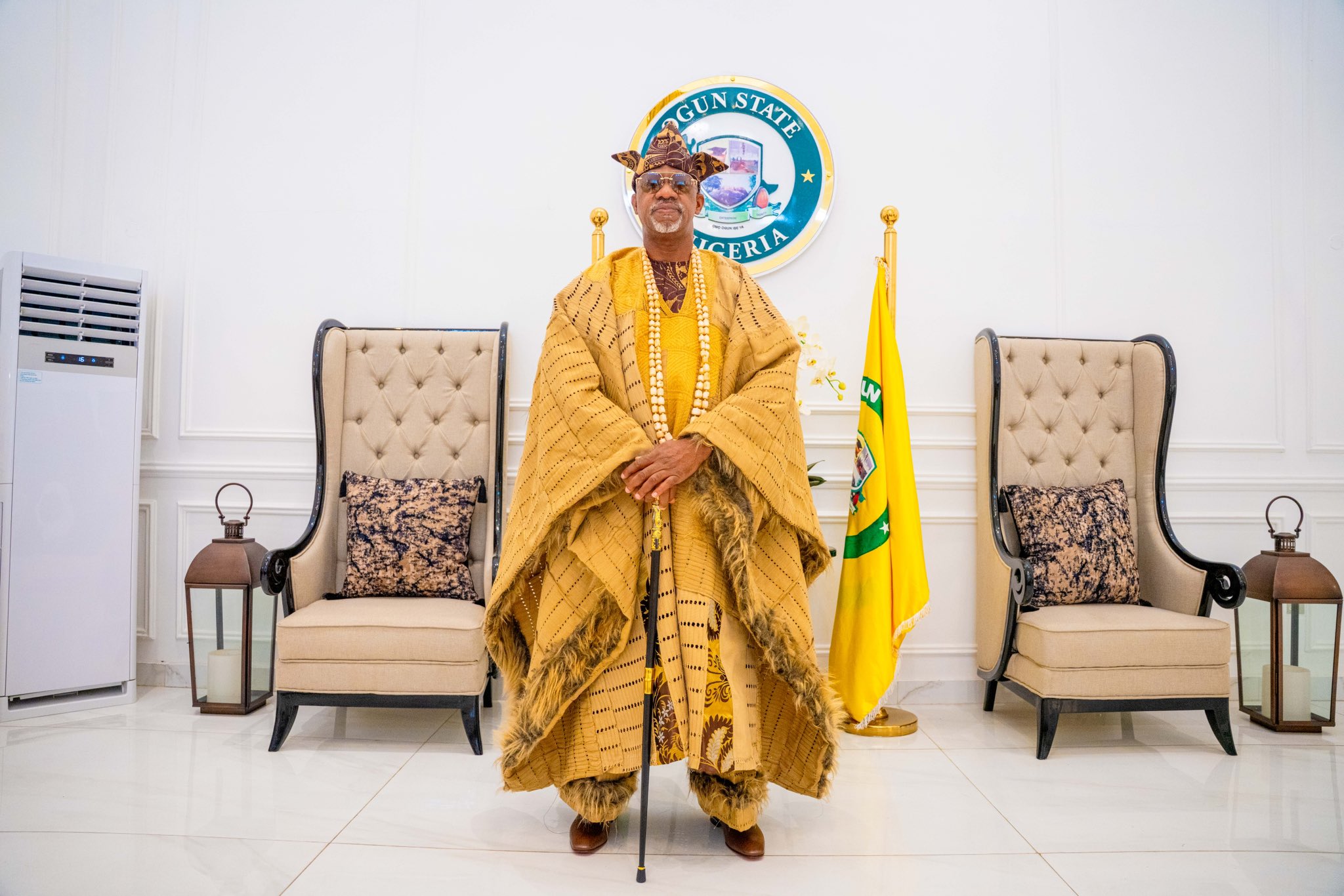In a world driven by connectivity and data, Venkaiah Chirumavilla presents a forward-looking view of how Internet of Things (IoT) technologies are reshaping societal systems. A researcher and technology strategist, he explores how intelligent platforms for connected devices offer critical tools for managing complex operations across urban and industrial domains.
A Dynamic Core: Real-Time Device Management
At the heart of these innovations is Azure IoT Hub, a framework enabling real-time management of countless devices. The platform ensures secure, bidirectional communication for telemetry processing, configuration updates, and command issuance. With zero-touch device provisioning, businesses and municipalities can integrate new hardware effortlessly, eliminating scaling bottlenecks.
Its advanced message routing and analytics pipeline enables organizations to act on data as it arrives, supporting use cases like predictive maintenance and automated controls.
Simplifying Complexity: SaaS for IoT
For organizations seeking a lighter entry point into the world of IoT, Azure IoT Central provides a streamlined, SaaS-based solution. This platform minimizes the technical overhead of IoT deployment, featuring prebuilt templates tailored to industries like logistics, transportation, and urban planning. These blueprints allow non-technical users to harness the potential of connected devices without requiring deep development expertise, making cutting-edge capabilities more accessible than ever before.
By simplifying device onboarding and integrating real-time insights into user-friendly dashboards, IoT Central plays a vital role in accelerating digital transformation across sectors.
From Location Data to Actionable Intelligence
A cornerstone of smart solutions, Azure Maps is a geospatial toolkit that adds spatial awareness to device data. It connects events to their locations—transforming static sensor outputs into dynamic, context-rich insights. From heatmaps and transport pattern clustering to proximity alerts for fleet operations, spatial intelligence enables smarter decisions grounded in real-world geography.
Routing algorithms calculate optimal paths by considering live traffic, road conditions, and vehicle specifications, improving logistics and mobility efficiency.
Predictive Power: Anticipating Change Before It Happens
Predictive analytics are a key pillar of his innovation model. By combining machine learning with IoT telemetry, organizations can move from reactive to proactive maintenance. These models analyze time-series data and environmental conditions to predict when systems may fail—be it a delivery vehicle, HVAC unit, or power grid component. This approach prevents costly downtime and extends the life of critical infrastructure.
The systems learn and adapt over time, enhancing prediction accuracy and embedding intelligence into the maintenance lifecycle.
Making Smarter Cities a Reality
Smart cities, among the most ambitious IoT applications, benefit from an integrated approach to data and geography. From optimizing waste routes to monitoring real-time energy use, IoT transforms static urban services into responsive networks. Dashboards aggregating sensor data from city departments provide officials with a unified view of urban dynamics. Emergency response also improves—real-time geospatial dashboards track incidents, resources, and threats, enabling faster, more coordinated crisis responses.
Mobility and Fleet Optimization in Real Time
In transportation and logistics, the combined power of IoT Hub, IoT Central, and Azure Maps enables monitoring of vehicle health, route conditions, and driver behavior. This facilitates decisions such as rerouting deliveries in response to accidents or traffic. Geo-fencing features generate alerts when vehicles enter or leave designated areas, while location-based automation ensures services are provided only when and where needed. As systems evolve, these technologies promise to support autonomous decision-making in routing and dispatching, reducing inefficiencies and improving service levels.
Autonomy with Oversight: A Balanced Approach
One compelling aspect of the innovations he explored is their balance between automation and human oversight. By embedding decision models with confidence thresholds and escalation protocols, these systems enable autonomous action while preserving accountability. Explainable AI offers visibility into decision-making, helping build trust in automation.
From adjusting streetlight brightness based on pedestrian traffic to dynamically assigning delivery tasks, these systems adapt to their environments, improving both efficiency and safety.
In conclusion, through a thoughtful combination of cloud platforms, edge computing, and spatial analytics, Venkaiah Chirumavilla offers a compelling framework for building intelligent systems that adapt, learn, and respond in real time. As sectors from transportation to public safety embrace these tools, the possibilities for smarter, more sustainable societies become increasingly tangible. His vision not only outlines a technological roadmap but offers a blueprint for transformation in an interconnected age.





